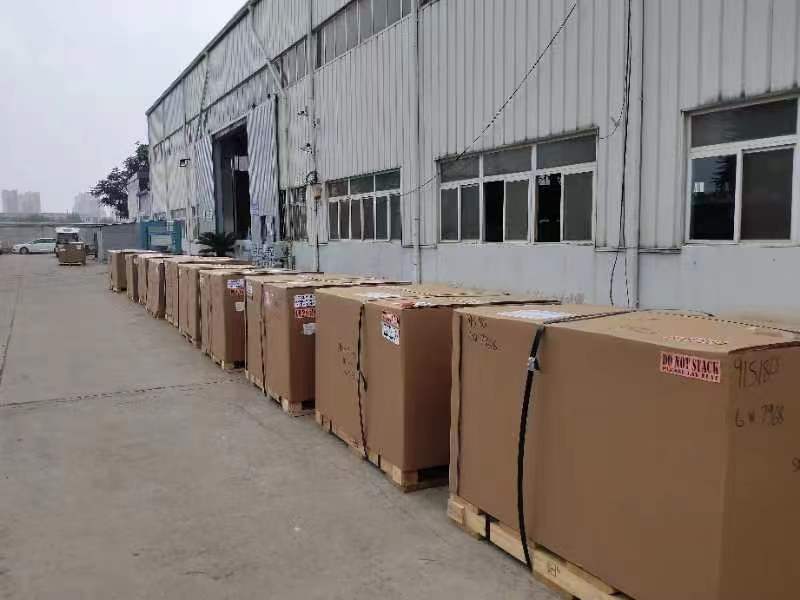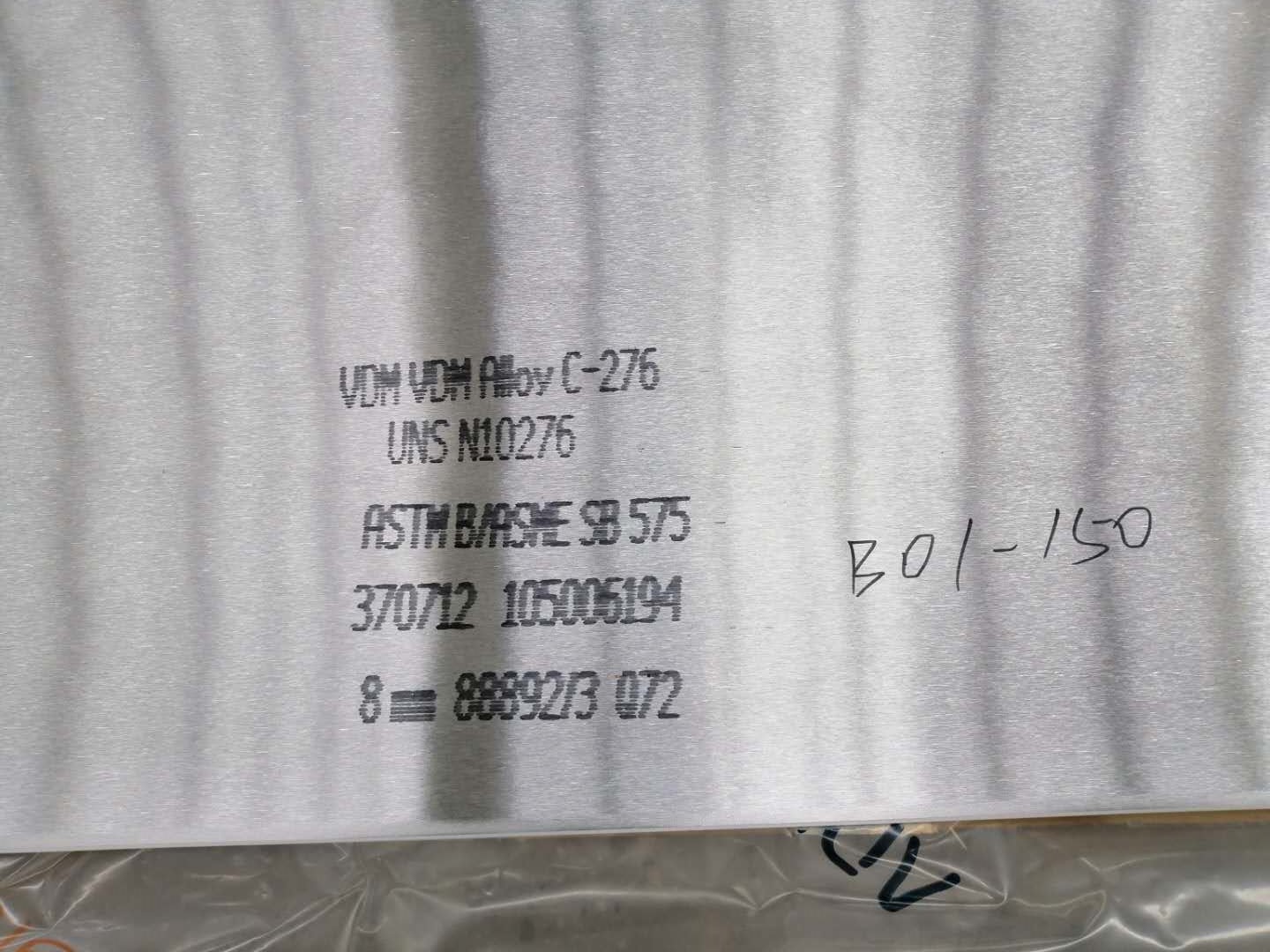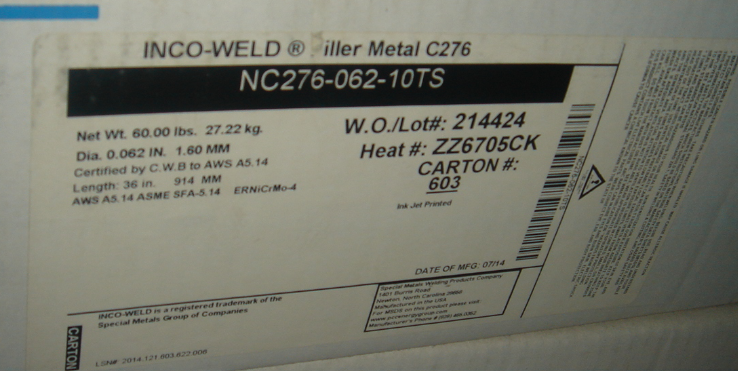Suggestions on basic material selection of common special materials for plate heat exchanger
author: time:2022.11.10 browse:2767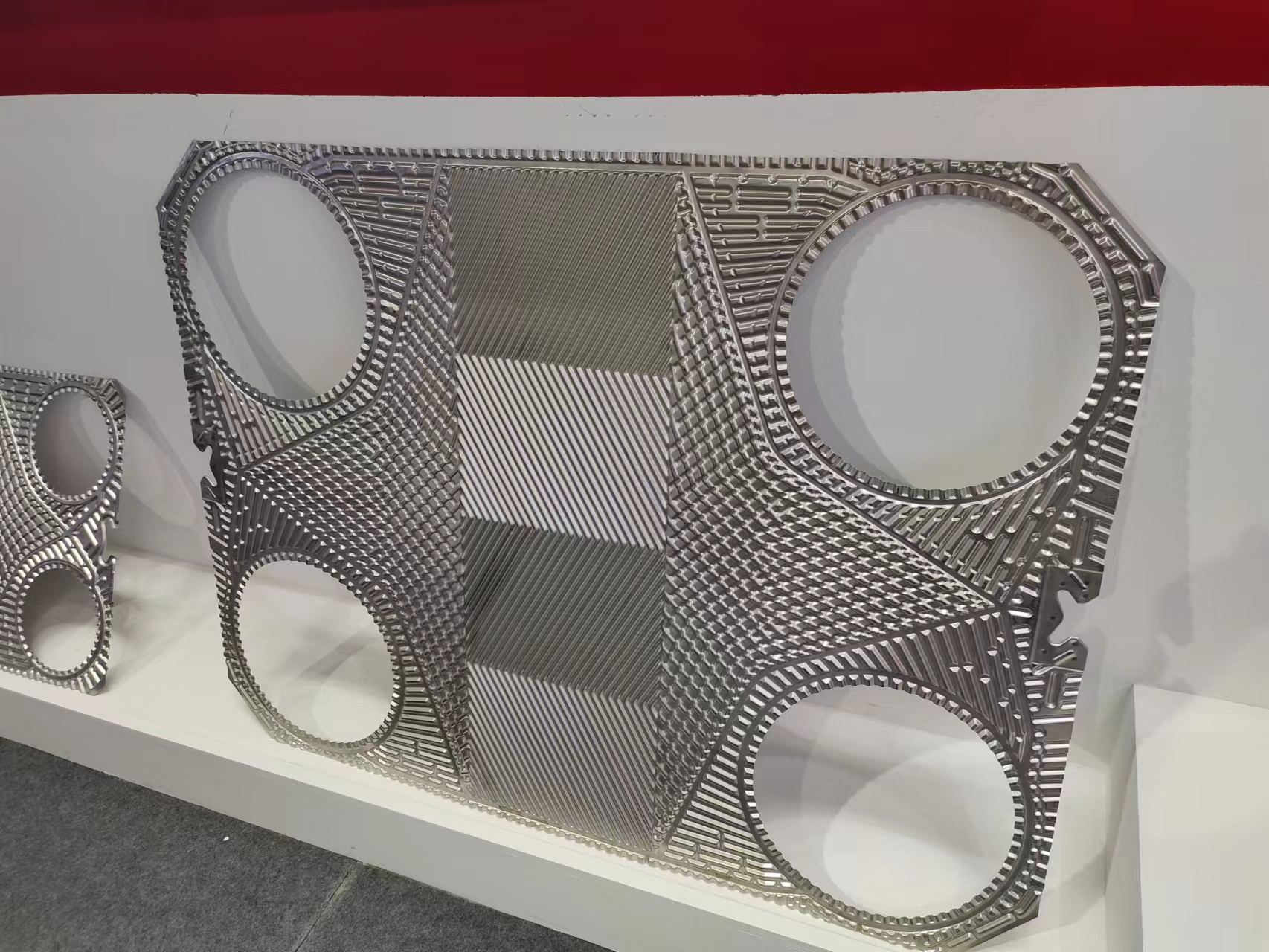

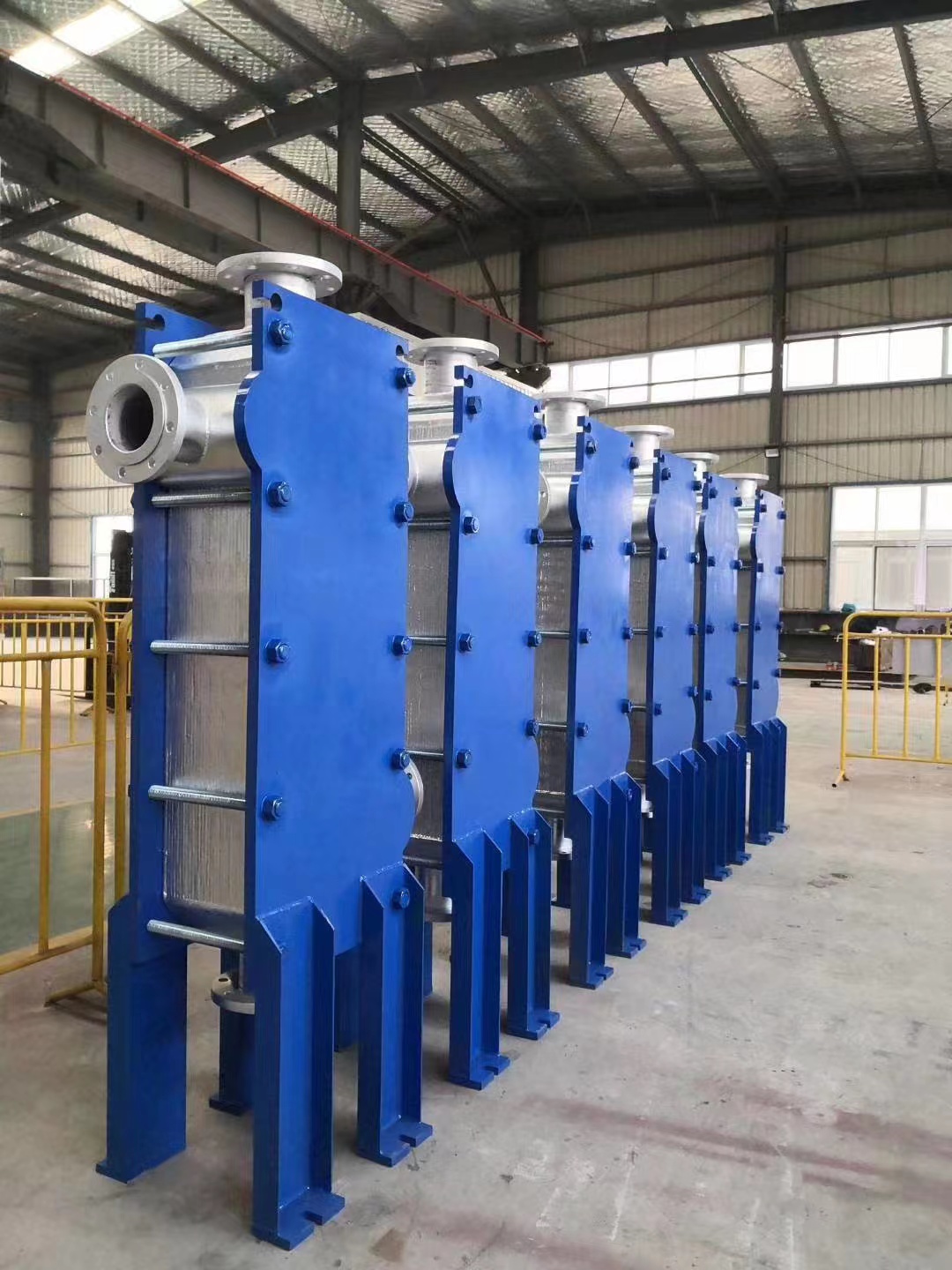
Material I for plate exchange and heat exchanger: 904L stainless steel-----------
This is a kind of austenitic stainless steel with high cost performance, which gives consideration to both price and corrosion resistance. It has good corrosion resistance and is especially suitable for general sulfuric acid, phosphoric acid and other acids and halides (containing Cl -, F -). Due to the high content of Cr, Ni and Mo, it has good stress corrosion resistance, pitting corrosion resistance and crevice corrosion resistance.
Material II for plate exchange and heat exchanger: 254 SMO high-grade stainless steel-----------
The ultra-low carbon high-grade stainless steel modified by increasing Mo content has excellent resistance to chloride pitting and crevice corrosion, and is applicable to the medium containing salt water and inorganic acid that cannot use Type 316.
Material III for plate exchange and heat exchanger: titanium-----------
Unalloyed titanium, light in weight and 4.51 in density, can naturally generate a passivation protective film (Ti2O3). If it is damaged, it has "self-healing property", so its corrosion resistance is better than that of stainless steel. It is a typical material suitable for chlorine containing media (Cl - concentration > 200mg/L, temperature ≤ 130 ℃). In the solution of sea water and other chlorides (such as CaCl2) at no more than 120 ℃, it is practically non corrosive. Generally, it can be used for seawater below 135 ℃ and brine (NaCl) of various concentrations below 165 ℃.
The corrosion resistance of titanium is also good in organic acids (such as concentrated nitric acid, concentrated carbonic acid, etc.) below boiling point and dilute alkali liquor.
The corrosion resistance of titanium in H2SO4, HCl, HF and aqua regia is poor. In some concentrated chloride solutions (such as wastewater with PH>7 and chloride concentration>200mg/L) at high temperature (above 120 ℃), crevice corrosion or stress corrosion may also occur. At this time, titanium palladium alloy should be selected.
Material IV for plate exchange and heat exchanger: titanium palladium alloy-----------
This is the unalloyed titanium added with palladium (0.12%~0.25%), which significantly improves the corrosion resistance of titanium in acid media (especially under less harsh conditions). For example, it has good corrosion resistance to nitric acid with concentration up to 70%, hydrochloric acid containing oxidizing ions (such as Fe+, Cu+) and electroplating solution. In addition, it can also be used for dilute sulfuric acid with concentration ≤ 10% and temperature ≤ 70 ℃.
Material V for plate exchange and heat exchanger: Nickel 201-----------
This is a pure nickel plate containing more than 99% nickel. It is mainly used for caustic solution (NaOH, KOH, etc.) with high concentration (50%~70%) and high temperature (boiling point). However, it is very sensitive to crevice corrosion caused by chlorides such as brackish water.
Materials for plate exchange and heat exchanger VI: Hastelloy C-276-----------
Good corrosion resistance: hardly affected by Cl -; It has excellent corrosion resistance to various concentrations of sulfuric acid, and is one of the few materials that can be used for hot concentrated sulfuric acid; It is widely used in organic acids (such as formic acid and acetic acid), high-temperature HF acid, hydrochloric acid (<40%) and phosphoric acid (≤ 50%) of certain concentration; Chloride, fluoride and organic solvent (such as methanol, ethanol).



